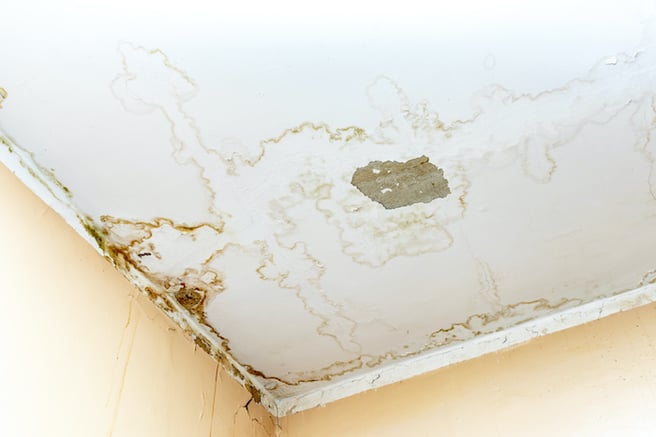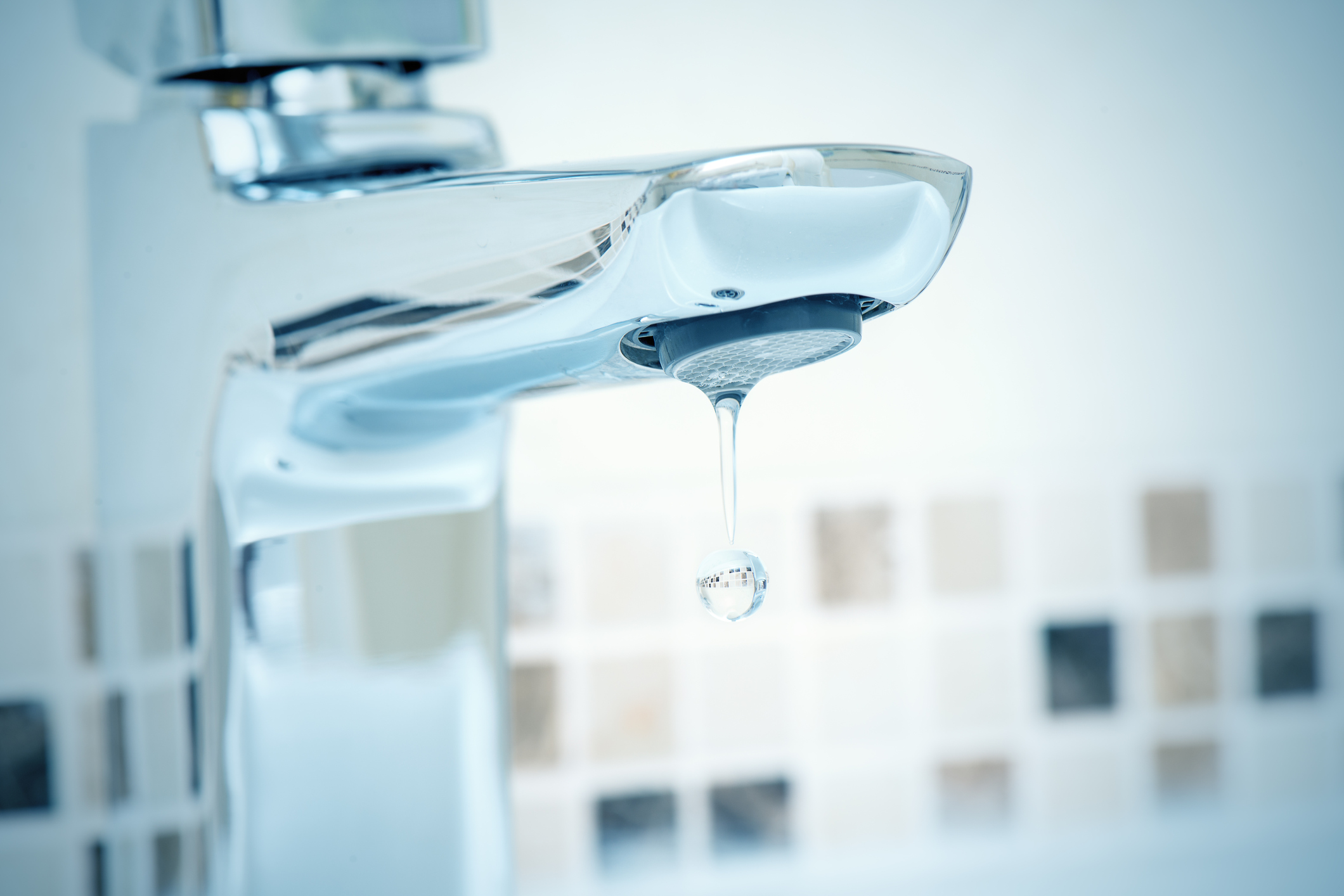Elements Causing Water Harm in the Bathroom
Elements Causing Water Harm in the Bathroom
Blog Article
Almost everyone will have their unique way of thinking about How to Repair and Prevent Bathroom Water Damage?.

Water damage typically occurs in the washroom because of the water utilized daily. Often, the damage could be a little mold from the shower. Various other times, it's substantial damages on your floor. Whatever it is, it is always excellent to recognize the cause as well as stop it before it occurs.
This overview will undergo a few of the common root causes of water damage in the washroom. We will likewise analyze what you can do to prevent these reasons from damaging your restroom. Let's dive in.
These are the typical reasons you would have water damage in your restrooms and also exactly how you can detect them:
Excess Wetness
It's trendy to have that lengthy shower and also dash water while you hem and haw and also imitate you're performing, but in some cases these acts could cause water damage to your restroom.
Sprinkling water around can create water to go to edges as well as form molds. Watch how you spread out excess dampness around, and also when you do it, clean it up to prevent damage.
Cracks in your wall tiles
Shower room wall floor tiles have actually been particularly designed for that purpose. They protect the wall from dampness from people taking showers. However, they are not unbreakable.
Sometimes, your restroom wall floor tiles fracture and also permit some moisture to seep into the wall surface. This could potentially ruin the wall if you don't take any kind of activity. If you discover a crack on your wall surface floor tiles, repair it quickly. Don't wait till it damages your wall surface.
Overflowing commodes and sinks
As people, in some cases we make blunders that could cause some water damage in the shower room. As an example, leaving your sink faucet on can create overruning as well as damages to other parts of the restroom with moisture.
Also, a defective toilet might trigger overflowing. For example, a damaged bathroom deal with or other parts of the tank. When this takes place, it might harm the floor.
As soon as you notice an overflowing sink or bathroom, call a plumber to help manage it quickly.
Burst or Dripping Pipes
There are many pipelines lugging water to different parts of your bathroom. Some pipes take water to the commode, the sink, the taps, the shower, and also many other areas. They crisscross the small area of the shower room.
Every so often, these pipelines could get rustic as well as ruptured. Various other times, human action could trigger them to leakage. When this takes place, you'll discover water in the corners of your restroom or on the wall.
To find this, watch out for gurgling walls, molds, or mildew. Call an expert emergency plumbing technician to repair this when it occurs.
Roofing Leaks
In some cases, the issue of water damage to the restroom might not originate from the washroom. As an example, a roofing system leak might cause damage to the restroom ceiling. You can identify the damages done by considering the water spots on the ceiling.
If you discover water spots on your ceiling, examine the roofing to see if it's harmed. After that, call an expert to aid address the concern.
Conclusion
Water damage to your restroom can be frustrating. Nonetheless, you can handle it if you avoid a few of the reasons discussed in this guide. Call an expert emergency situation plumbing technician if you see any serious damages.
How to Prevent Water Damage in Your Bathroom?
Water damage repair is an expensive, meticulous, and lengthy process. Unfortunately, bathrooms are the most susceptible rooms to water damage due to toilets, showers, and sinks. Pipes and fixtures wear out over time and are not immune to damage. But all is not lost, as there are ways to prevent water damage from occurring in your bathroom.
Check Your Plumbing
Nothing lasts forever, especially pipes, which can rust and begin leaking over time. You should periodically conduct pipe inspections and pay attention for any musty smells or water stains that may indicate you need water damage repair. Here are some things to check:
Frequently test valves for your toilet, shower, and sink to ensure they are properly working. Check faucet supply lines hidden under vanities and replace when needed. Replace cracked or deteriorating caulking along sinks, tubs, and showers. If you notice a clog in your sink, call in a professional. Since you can’t check the pipes in the wall, keep an eye out for stains, drywall bubbling, musty smells, and excess moisture; if the bathroom is on a second level, check the ceiling of the room directly below for these signs. Don’t Overwork Your Toilet
One of the most common reasons bathrooms need water damage repair is due to overflowing toilets. Save yourself the hassle of cleanup by being mindful and not pushing your toilet to extreme limits. If you have young children, it is especially important to keep an eye on them when they are in the bathroom and to teach them how to avoid clogging the toilet. Here are some more tips to help prevent your toilet from overflowing:
If you have a septic tank, only use septic-safe toilet paper Do not flush anything down the toilet besides toilet paper; items like diapers and sanitary napkins will clog the piping Pay attention to your toilet’s water level: If it’s low, it could mean it is partially clogged or that there is a crack in the toilet bowl https://www.alure.com/home-improvements-blog/resources/how-to-prevent-water-damage-in-your-bathroom

Do you enjoy more info about How to Repair and Prevent Bathroom Water Damage?? Leave a remark down below. We would be delighted to see your responses about this review. In hopes to see you back again later on. Enjoyed our blog posting? Please share it. Help somebody else check it out. I appreciate reading our article about How to Repair and Prevent Bathroom Water Damage?.
Emergency? Call us! Report this page